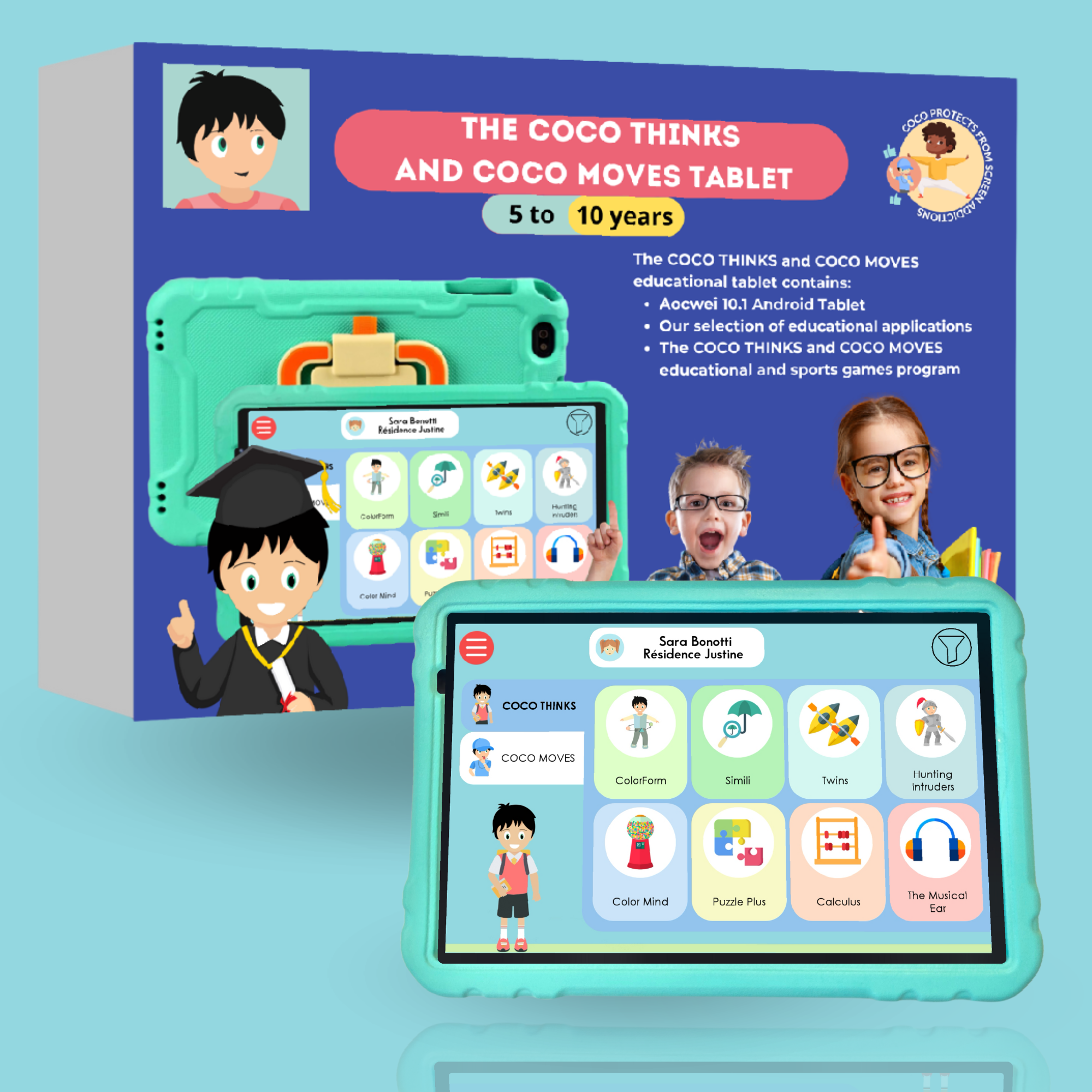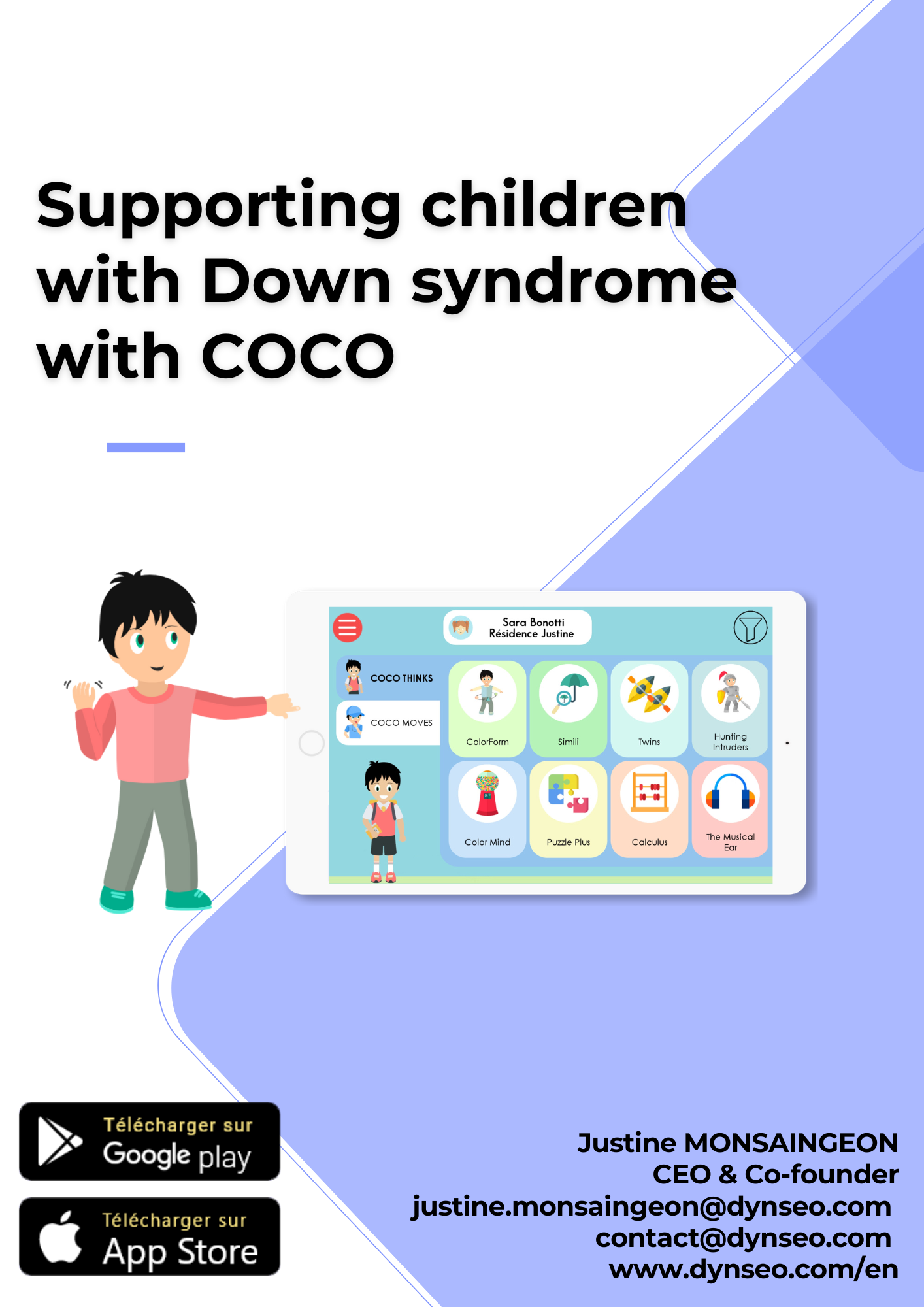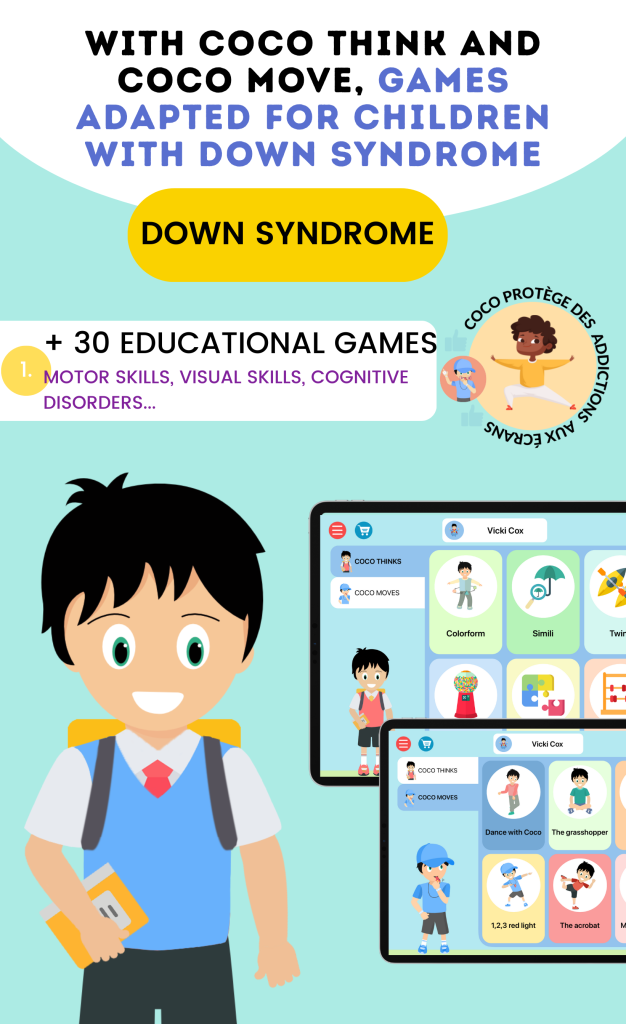When we think about Down syndrome, we recognize it as a genetic condition that arises from the presence of an extra chromosome 21. This additional genetic material can influence physical growth, cognitive development, and overall health. As we delve deeper into understanding Down syndrome, we realize that it is not merely a medical diagnosis; it encompasses a wide range of abilities and challenges.
Each individual with Down syndrome is unique, possessing their own strengths and weaknesses, which can vary significantly from one person to another. This diversity is essential for us to acknowledge as we strive to create supportive environments. Moreover, the characteristics associated with Down syndrome can manifest in various ways.
Some individuals may experience mild to moderate intellectual disabilities, while others may have more pronounced challenges. Physical traits often include distinct facial features, but these do not define the person. We must remember that individuals with Down syndrome can lead fulfilling lives, engage in meaningful relationships, and contribute positively to their communities.
By fostering a deeper understanding of Down syndrome, we can cultivate empathy and acceptance, paving the way for more inclusive practices in our schools and society.
Creating Inclusive School Environments
As we embark on the journey of creating inclusive school environments, we must prioritize the idea that every student deserves a sense of belonging. An inclusive school is one where diversity is celebrated, and all students, regardless of their abilities, feel valued and supported. To achieve this, we need to implement policies and practices that promote acceptance and understanding among students.
This includes training staff to recognize the unique needs of students with Down syndrome and equipping them with strategies to foster an inclusive atmosphere. In addition to staff training, we should also focus on the physical layout of our schools. Classrooms should be designed to accommodate various learning styles and needs.
This might involve creating flexible seating arrangements or providing assistive technology that can help students with Down syndrome engage more fully in their education. By making these adjustments, we not only enhance the learning experience for students with Down syndrome but also enrich the educational environment for all students. When we embrace inclusivity, we create a culture where everyone can thrive.
Providing Individualized Support

To truly support students with Down syndrome, we must recognize the importance of individualized support tailored to each student’s unique needs. This means developing personalized education plans that take into account their strengths, challenges, and learning styles. By collaborating with special education professionals, parents, and the students themselves, we can create a roadmap for success that empowers them to reach their full potential.
Furthermore, individualized support extends beyond academics. We should also consider social and emotional development as critical components of a student’s overall well-being. Providing access to counseling services or social skills training can help students with Down syndrome navigate their relationships and build confidence in social situations.
By addressing both academic and emotional needs, we create a holistic support system that fosters growth and resilience.
Encouraging Peer Relationships
Building strong peer relationships is vital for the social development of students with Down syndrome. As we work to encourage these connections, we must create opportunities for meaningful interactions among all students. This can be achieved through collaborative projects, group activities, or buddy systems that pair students with and without disabilities.
By facilitating these experiences, we help break down barriers and foster friendships that can last a lifetime. Additionally, it is essential for us to model inclusive behavior as educators and peers. When we demonstrate kindness, empathy, and respect towards individuals with Down syndrome, we set a powerful example for others to follow.
Encouraging open conversations about differences can also help demystify misconceptions and promote understanding among students. By nurturing an environment where friendships can flourish, we contribute to the overall well-being of all students.
Educating Peers and Teachers
Education plays a crucial role in fostering an inclusive environment for students with Down syndrome. We must prioritize educating both peers and teachers about the condition to dispel myths and promote understanding. Workshops, seminars, or classroom discussions can serve as platforms for sharing accurate information about Down syndrome and its impact on individuals’ lives.
By equipping everyone with knowledge, we empower them to be advocates for inclusion. Moreover, integrating lessons about diversity and acceptance into the curriculum can further enhance awareness among students. When we incorporate stories and experiences of individuals with Down syndrome into our teaching materials, we provide relatable contexts that resonate with students.
This approach not only enriches their understanding but also cultivates empathy and compassion within the classroom community.
Promoting Social Activities

To foster a sense of belonging among students with Down syndrome, it is essential to promote social activities that encourage participation and engagement. We can organize events such as sports days, art exhibitions, or talent shows that invite all students to showcase their abilities and talents. These activities not only provide opportunities for fun but also help build connections among peers.
Additionally, creating clubs or extracurricular activities specifically designed for inclusivity can further enhance social interactions. Whether it’s a drama club, a gardening group, or a music ensemble, these spaces allow students to explore their interests while forming friendships with others who share similar passions. By promoting social activities that celebrate diversity, we contribute to a vibrant school culture where everyone feels valued.
Fostering Independence
Fostering independence in students with Down syndrome is crucial for their personal growth and development. We should encourage self-advocacy by teaching them how to express their needs and preferences effectively. This might involve providing opportunities for decision-making in various aspects of their lives, from academic choices to social engagements.
When we empower students to take charge of their own lives, we instill confidence and resilience. Moreover, life skills training should be an integral part of their education. Teaching practical skills such as cooking, budgeting, or time management equips students with the tools they need to navigate adulthood successfully.
By focusing on independence alongside academic achievement, we prepare them for a future where they can thrive as self-sufficient individuals.
Advocating for Inclusion
As advocates for inclusion, it is our responsibility to champion the rights of individuals with Down syndrome within our communities. We must work tirelessly to raise awareness about the importance of inclusive practices in schools and beyond. This involves engaging with policymakers, educators, and community leaders to promote policies that support individuals with disabilities.
Additionally, sharing success stories of individuals with Down syndrome who have thrived in inclusive environments can inspire others to embrace inclusion wholeheartedly. By highlighting the positive impact of inclusive practices on both individuals with disabilities and their peers, we can create a ripple effect that encourages more schools and communities to adopt similar approaches. Together, we can advocate for a world where everyone is valued for their unique contributions and has the opportunity to succeed.
In conclusion, our journey towards understanding Down syndrome and fostering inclusive environments requires collective effort and commitment from all of us. By embracing diversity, providing individualized support, encouraging peer relationships, educating others, promoting social activities, fostering independence, and advocating for inclusion, we can create a brighter future for individuals with Down syndrome. Together, let us strive to build communities where everyone feels accepted and empowered to reach their full potential.




